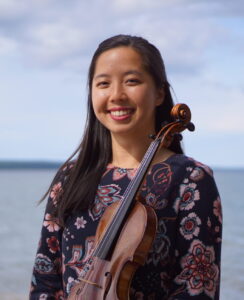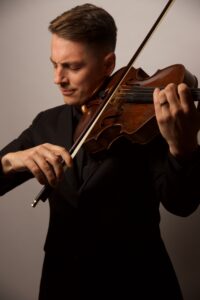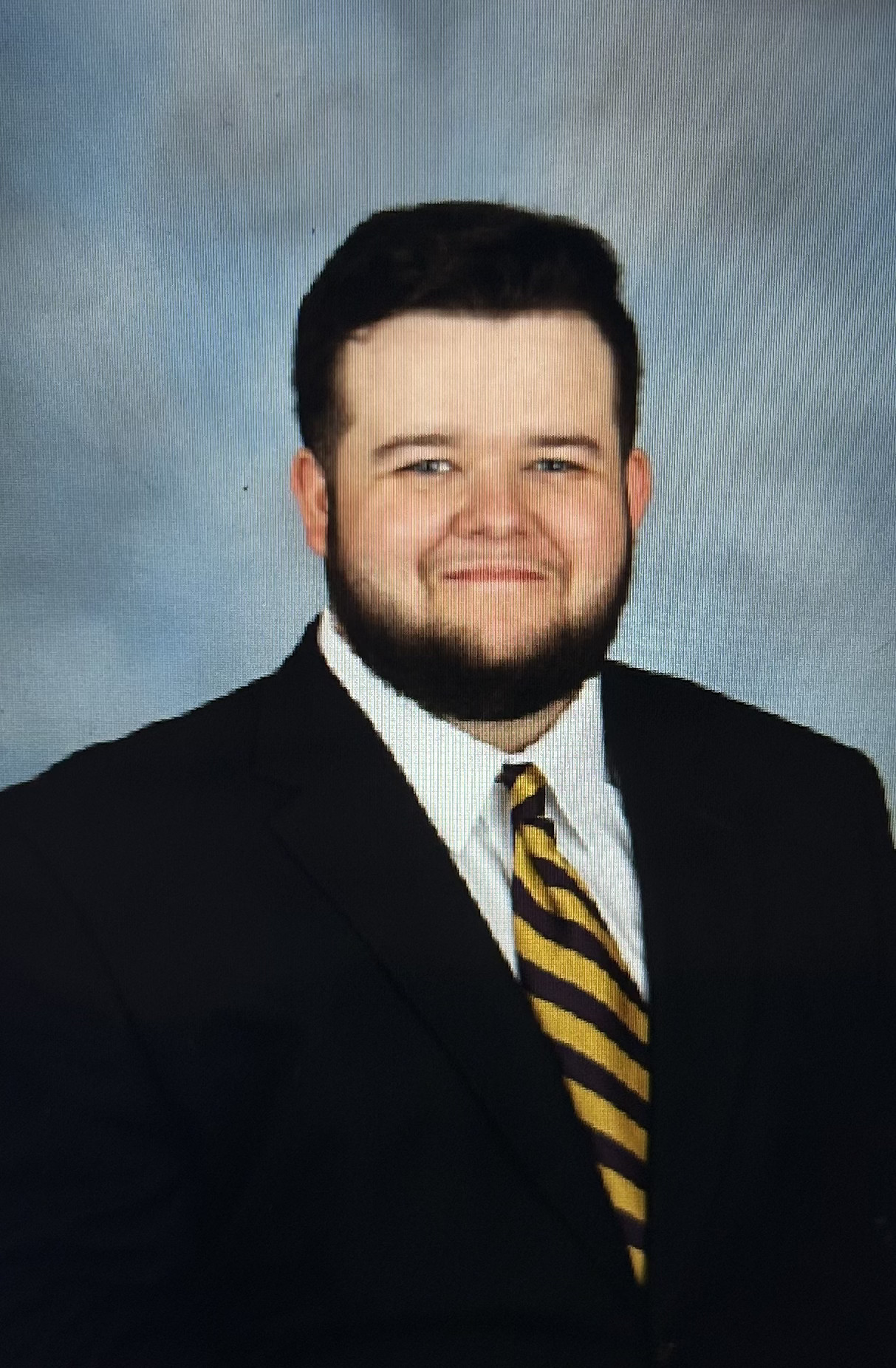From the Nashville Symphony
Success in a Shostakovich Community Event
This past week The Nashville Symphony continued their community series of free events with a pleasant evening at the Schermerhorn featuring two Shostakovich Quartets. The two quartets were the seventh and ninth which are normally complemented by the very famous eighth but due to time the latter was not able to be performed. The performance was accompanied by a question and answer portion with the performers after the concert. The performance was by orchestra members Likai He and Charissa Leung were on violin, Anthony Parce on viola and Keith Nicholas on cello.

The first selection was the seventh quartet which was dedicated to the memory of Shostakovich’s first wife and was written during the year that would’ve been her 50th birthday. The first movement of the seventh is very rhythmically complex. It features an interesting conversation between lead lines and accompanying lines with a consistent theme of just three eighth notes. You could tell that the quartet had studied and worked on these interactions in their limited rehearsals. I personally thought the presentation of the primary theme was beautifully done by Leung on first violin, it had a lot of character and emphasized the dark and distant tonalities that Shostakovich preferred.
The second movement is a lot more lyrical than the first, opening with arpeggios in the second violin and then adding a high and eerie thematic line in the first violin. Overall it is much quieter than either the first or third movements, using slower and more legato lines and mutes throughout the movement. The biggest difference is that all voices are playing together and creating flowing chord shapes rather than the conversational aspects of the first.
The third movement opens shockingly loud compared to the first two and has a rapid line over several voices followed abruptly by a quick break. After this short break it picks right back up quieter but faster as the rapid lines develop into new and longer themes. Parce and Nicholas on the viola and cello were fantastic during this movement with what I imagine are very fun lines for the lower voice. The allegro section ends and then a new allegretto waltz-like section takes place and is much quieter than the opening of this movement. The piece ends with the cello playing a pizzicato passage before resolving to F sharp major. This piece was fun and interesting to listen to, though I thought the performance was at times uneven.

The other selection of the night was the ninth quartet, which following the theme of the “personal” quartets, is dedicated to his third wife whom he married in 1962. For this piece Leung and He swapped roles and He took over the first violin. He would later say that it is one of his favorite pieces to play. This piece opens up with a moderato movement that has the theme presented over an arpeggio in the second violin and a drone in the cello. It doesn’t take long for the cello to take over the arpeggiated line. It then switches up with the cello taking the melody with pizzicato accompaniment. This whole movement features a lot of cello action and I’m here for it. Nicholas was able to show off his fantastic tone in the lower and middle ranges of the cello. The second movement is slower and opens with all four voices playing and the main theme being carried out in the viola. The movement is in a slow 3/2 giving it a six-feel separating it from the other movements. This is a stark contrast especially from the third movement which is much faster and almost has a fast dance feel in cut time. The emphasis on the 2 and 4 of the measures gives it this feel early on. The melody is almost sporadic as it leaps across key centers and climbs higher and higher in the first violin as it approaches the second theme. The two themes are in opposite registers of the instruments adding a nice contrasting element in the movement. The fourth is slower and has similar elements to the second with all four voices present but tonicizes C minor with the exterior voices and an eerie minor third interval repeated in the top voice.
The flowing quarter notes in the first violin persist for most of the movement as it flows from beginning to end. It is occasionally interrupted by pizzicato chords on the second violin. Leung made these sections seem a lot easier than they appear on paper, with the nature of the violin playing chords like that is not easy. Finally, the fifth movement is almost as long as all other movements combined and brings back themes from all four previous movements creating a nice ending for the entire composition. The conversation between the performers on stage via body language was impressive, they all seemed to understand what each other were trying to say. I found Parce’s viola playing especially great whenever he would have a lead line, especially in the lower register of the instrument. I was taken aback thinking it might’ve been the cello playing the line but it was the viola!
The question and answer portion was brief but provided some useful insight on the circumstances of the pieces. Notably they mentioned they only had about three rehearsals and only right before the concert did they finally rehearse as a full group. Other interesting things were the shape and size of Parce’s Viola, which was smaller and only had one part cut away rather than a symmetrical cut on both sides. Younger musicians in the crowd asked for advice and words of wisdom from the artists who openly offered ideas on how to deal with performance anxiety, practice burnout, and overall self-accountability when pushing yourself to the best level you can be as a musician.
Overall the concert was the epitome of what you would want from a free community event. A shorter performance including education on the pieces followed by an interactive way to talk, relate and teach the people attending. Though I imagine just about everyone in the crowd was already somewhat familiar with these pieces or at least the idea of Shostakovich’s music, He specifically did a fantastic job setting the stage for the selected pieces. Though this was just one example of the several community-based events the Nashville Symphony puts on, it was a welcome addition to concerts I could attend. I really enjoyed the entire experience and I’m looking forward to attending more in the future.



